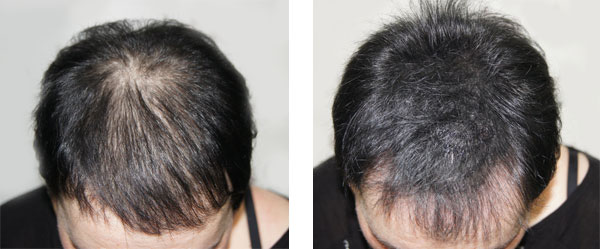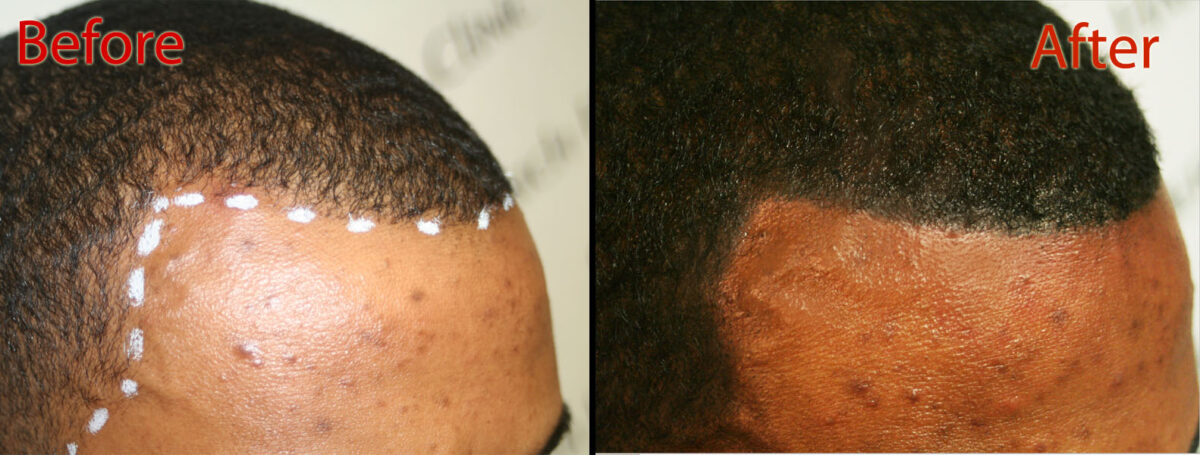Hair loss can be a frustrating and emotionally taxing experience. The internet is full of so-called home remedies for hair loss, and ginger for hair growth has emerged as a popular natural solution. But does ginger truly live up to the hype? Let’s delve into the science behind this potential hair-raising hero.
Ginger for Hair Growth Potential Benefits
Improved Scalp Health
Ginger possesses anti-inflammatory and antioxidant properties, which could help soothe an irritated scalp and reduce inflammation. In some cases, inflammation is blamed for illness and hair loss.
Increased Blood Circulation
Gingerol, a key compound in ginger, may improve blood circulation. This could potentially deliver more nutrients to hair follicles, promoting hair growth. However, more research is needed to confirm this specifically for the scalp.
Enhanced Scalp Microbiome
Early research suggests that the anti-microbial properties of ginger may help regulate the scalp microbiome. A balanced scalp microbiome is crucial for maintaining overall scalp health, which can indirectly contribute to healthy hair growth.
Does Ginger for Hair Loss Work?
While these potential benefits sound promising, there’s a lack of robust scientific studies directly evaluating ginger’s effectiveness in promoting hair growth in humans. Most existing research is limited to laboratory studies or anecdotal evidence.
A Study on Gingerol:
A Food and Chemical Toxicology study investigated the effects of 6-gingerol on hair growth. The study used cultured human hair follicles and found that 6-gingerol suppressed hair growth. However, more research is needed to confirm ginger’s impact on hair loss.
So it may be concluded that ginger may offer some scalp health benefits, but there’s currently insufficient evidence to prove its hair growth claims. Additionally, some studies suggest it might even have the opposite effect.
Exploring Scalp Micropigmentation
If you’re experiencing hair loss and ginger or any other home remedy hasn’t yielded the desired results, you might consider Scalp Micropigmentation as an alternative solution. SMP is a non-surgical cosmetic procedure that creates a realistic illusion of tiny hair follicles on the scalp.
The method is effective for different types of hair loss and can be customized to address different hair loss patterns. SMP can work where other hair loss treatments fail or cannot work.
For example, genetic hair loss. No, scalp micropigmentation does not stimulate hair growth, but it can help hide baldness or patchy hair loss in people with hereditary alopecia.
What’s more, SMP professionals are skilled in creating natural-looking, realistic, and undetectable hair density that boosts confidence. Since the technique is non-invasive, recovery is quick.
If you’re looking for a proven and effective solution for hair loss, SMP is a strong option. It offers a long-lasting and low-maintenance way to achieve a fuller and more confident look.
Consult with a qualified Arizona SMP practitioner to discuss your specific needs and see if SMP is the right choice for you.
The best SMP brains are available for consultation at the DermiMatch Clinic. Schedule your consultation now.










